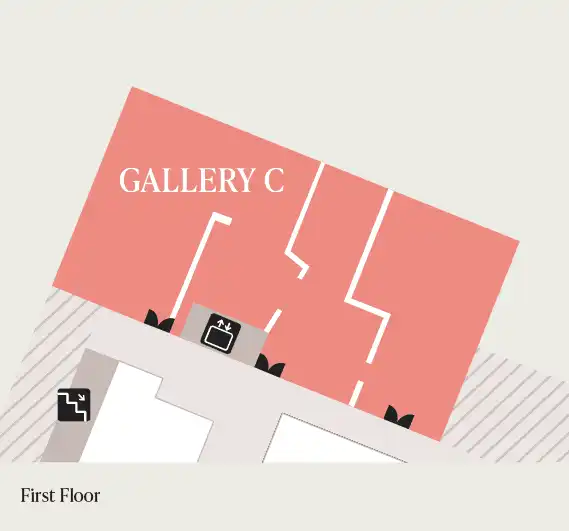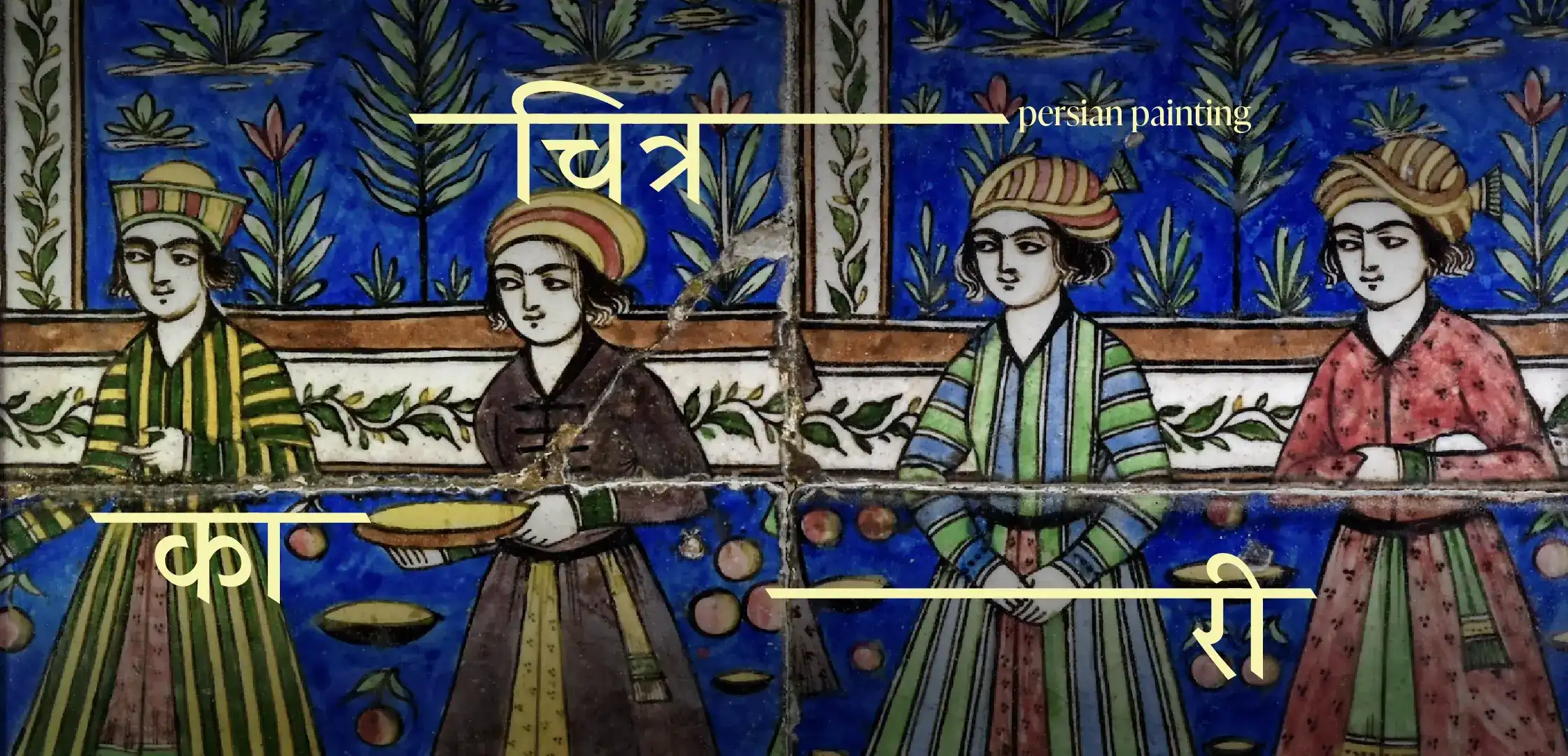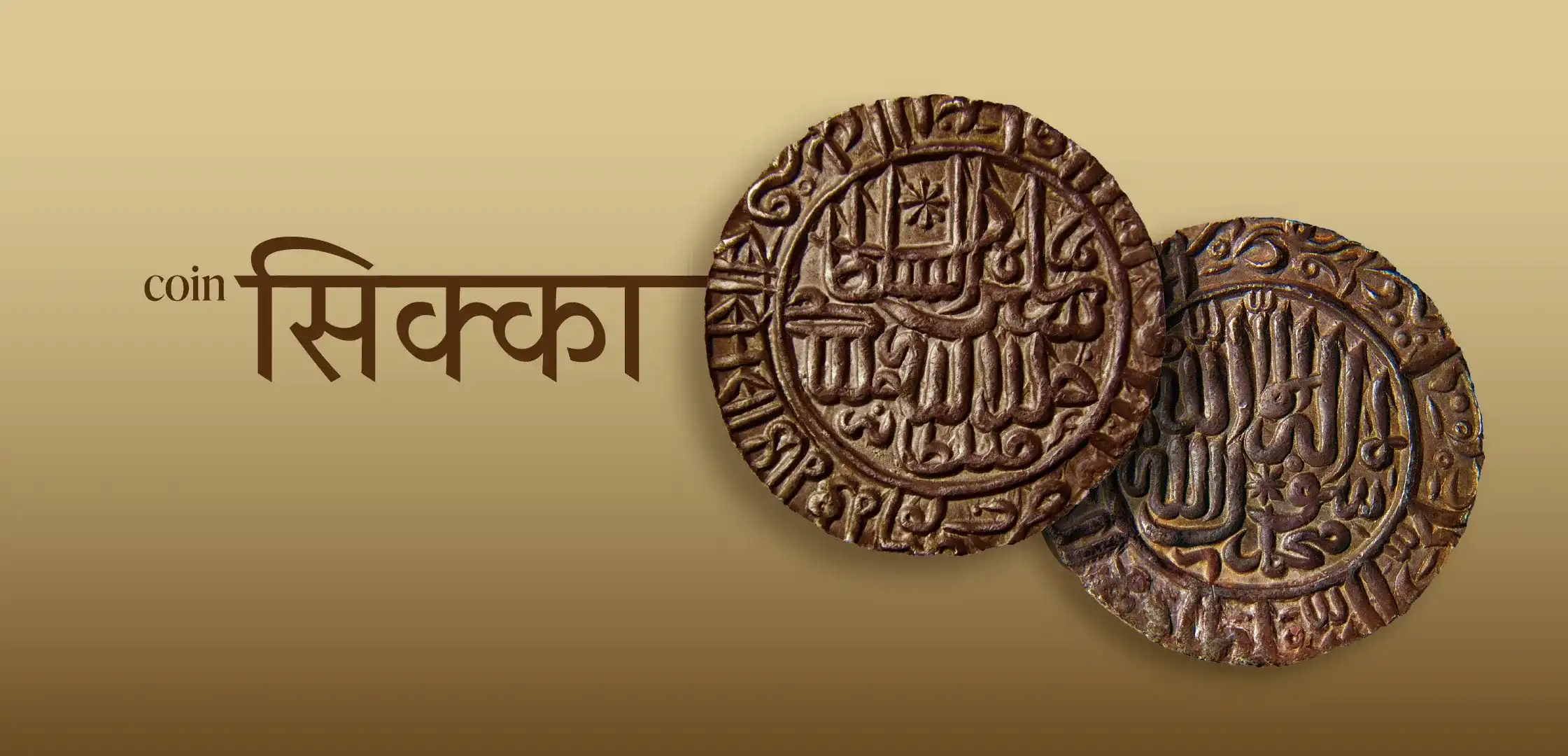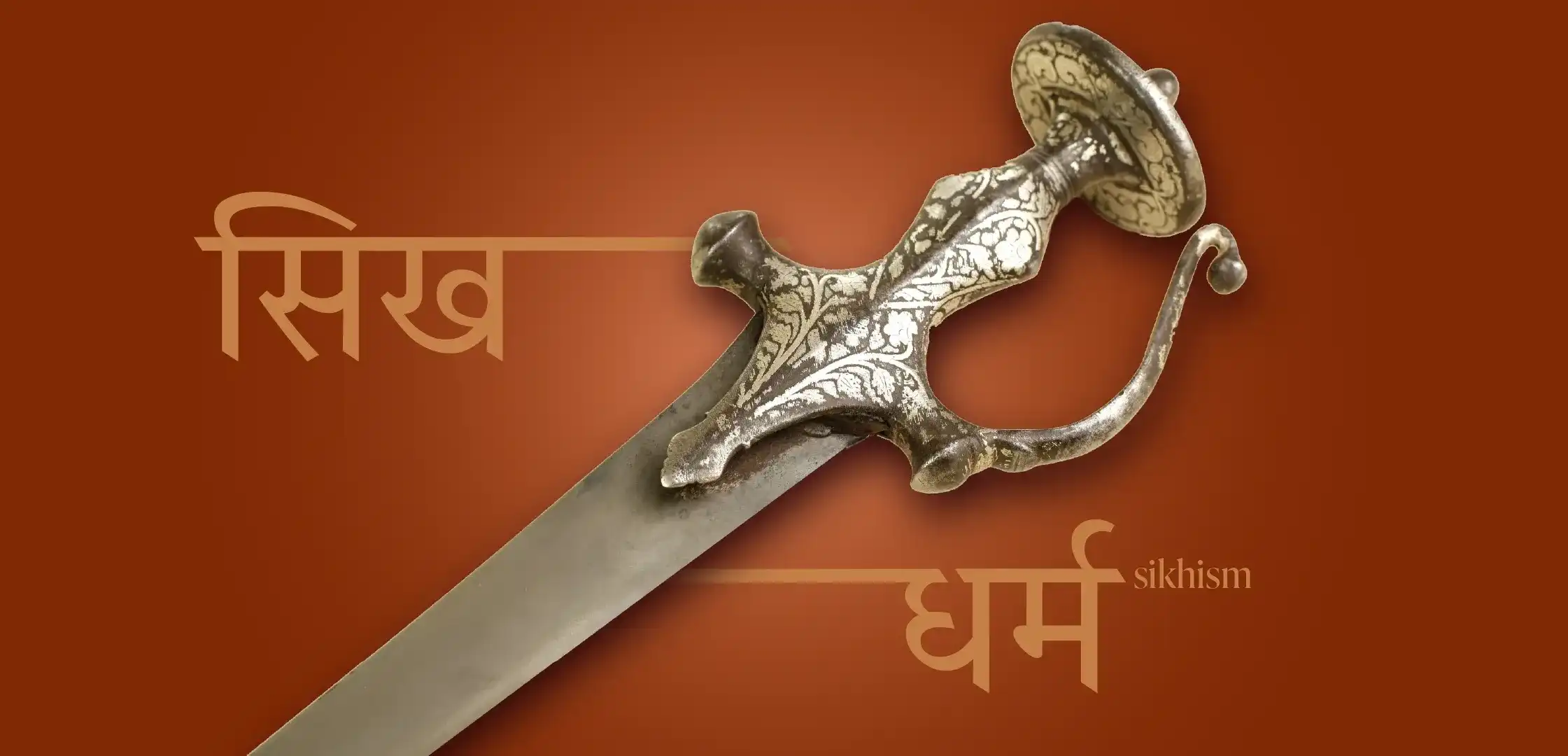Gallery C
History Gallery C transports you to Medieval Bihar, Delhi, and Bengal Sultanates, followed by the Mughals and Sur Dynasty. Learn about the gripping stories of British Accession and the fierce battles fought for Bihar at Plassey and Buxar. Discover the rich cultural history of Bihar during the time of the Nawabs of Bengal and explore captivating exhibits dedicated to the Patna School of Painting and Sufism in Bihar. Finally, learn about Patna's unique connection with Sikhism in this gallery's fascinating main sections.

Collection stories
Tile with Persian style paintings
The use of tiles with Persian style paintings was a common sight in the buildings erected in the 17th and 18th century Patna. A few samples of such tiles have been kept at Bihar Museum, which were received from an old mansion in the city. This style of painting flourished in India during the reign of Humayun. When he got defeated at the hands of Shershah Suri, Humayun took shelter in Iran and when he reclaimed his throne, he brought many Persian artists and scholars along. Their impact is visible in every sphere of art and culture of those times.

‘Rupiya’ and ‘Paisa’ during the reign of Shershah Suri!
In the year 1540, the ruler of Bihar, Shershah Suri defeated Humayun and annexed the Delhi Sultanate for a brief period of five years, during which time he executed some really notable works. Besides the famous Grand Trunk Road, to his credit is the introduction of advanced form of currency in silver and copper inscribed coins. These were called ‘rupiya’ and ‘paisa’ respectively, which are considered to be an important source of historical facts today.

Bihar... the holy land of reverence for Sikhs
Bihar has been the land of many religious beliefs, one of which is the Sikhism. The tenth guru of Sikhs, Shri Guru Govind Singh ji was born at Patna Sahib on 22 nd December, 1666 and had spent quite a few years of his childhood here. The place of his birth is greatly revered as the pious Takht Shri Harimandir ji, which is visited by devotees of many other faiths as well. There are many more sacred gurudwaras around, at places connected with his childhood. These have become the centres of attraction for devotees from around the world.

Explore more galleries
Stay connected with us!
Sign up to receive exclusive updates on our latest news, events, exhibitions, collections, visitor information, educational programs, and more.
SIGNUP